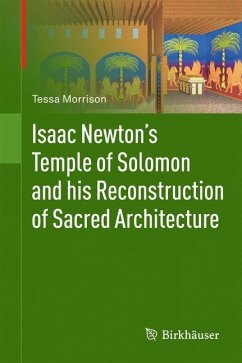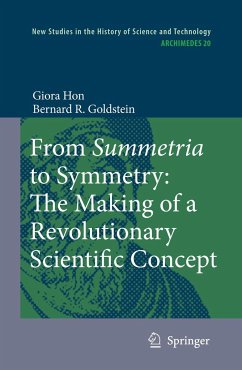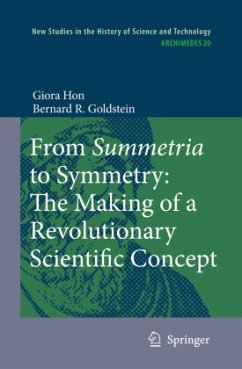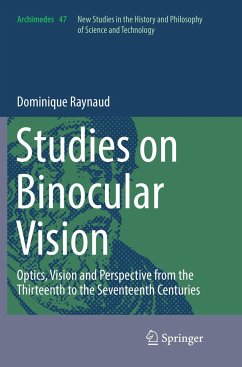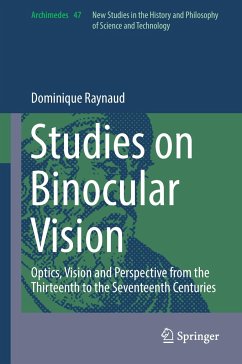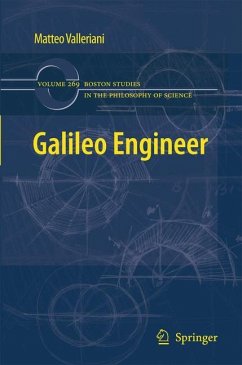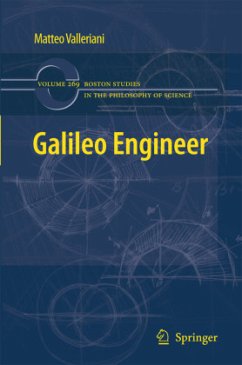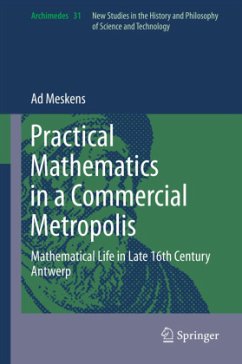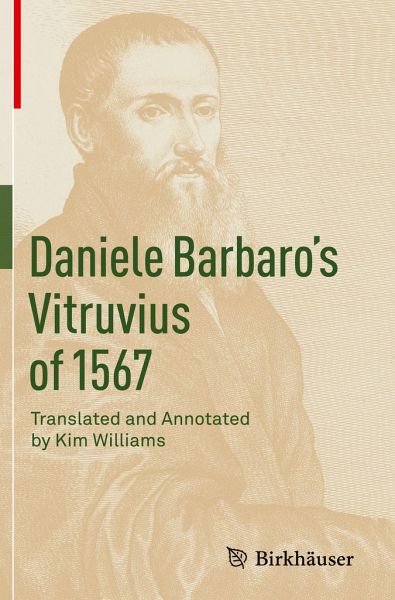
Daniele Barbaro's Vitruvius of 1567

PAYBACK Punkte
77 °P sammeln!
This is the first-ever English translation of Daniele Barbaro's 1567 Italian translation of and commentary on Vitruvius's Ten Books of Architecture, an encyclopaedic treatment of science and technology whose influence extended far beyond its day. Intended to both interpret and expand upon the Vitruvian text, Barbaro's erudite commentary reflects his Aristotelian approach, particularly his fascination with the relationship between science and the arts. This treatise offers a window onto the architectural ideals of the 1500s, as well as then-current notions of philosophy, mathematics, music, ast...
This is the first-ever English translation of Daniele Barbaro's 1567 Italian translation of and commentary on Vitruvius's Ten Books of Architecture, an encyclopaedic treatment of science and technology whose influence extended far beyond its day. Intended to both interpret and expand upon the Vitruvian text, Barbaro's erudite commentary reflects his Aristotelian approach, particularly his fascination with the relationship between science and the arts. This treatise offers a window onto the architectural ideals of the 1500s, as well as then-current notions of philosophy, mathematics, music, astronomy, mechanics, and more. The text is accompanied by illustrations by the Renaissance architect Andrea Palladio and his contemporaries. Palladio's own Four Books on Architecture, published in 1570, was just one of many treatises on architecture that was inspired by the ideas contained here.
An overview of Daniele Barbaro's thinking is presented in a foreword by Branko Mitrovic´. The collocation of Barbaro's treatise between those of Alberti and Palladio is addressed in a foreword by Robert Tavernor. Kim Williams provides a translator's note to orient the reader. The text of the translation is cross-referenced to both Barbaro's 1567 publication and standard divisions of Vitruvius. The volume includes a detailed index of subjects and an index of proper names.
An overview of Daniele Barbaro's thinking is presented in a foreword by Branko Mitrovic´. The collocation of Barbaro's treatise between those of Alberti and Palladio is addressed in a foreword by Robert Tavernor. Kim Williams provides a translator's note to orient the reader. The text of the translation is cross-referenced to both Barbaro's 1567 publication and standard divisions of Vitruvius. The volume includes a detailed index of subjects and an index of proper names.





